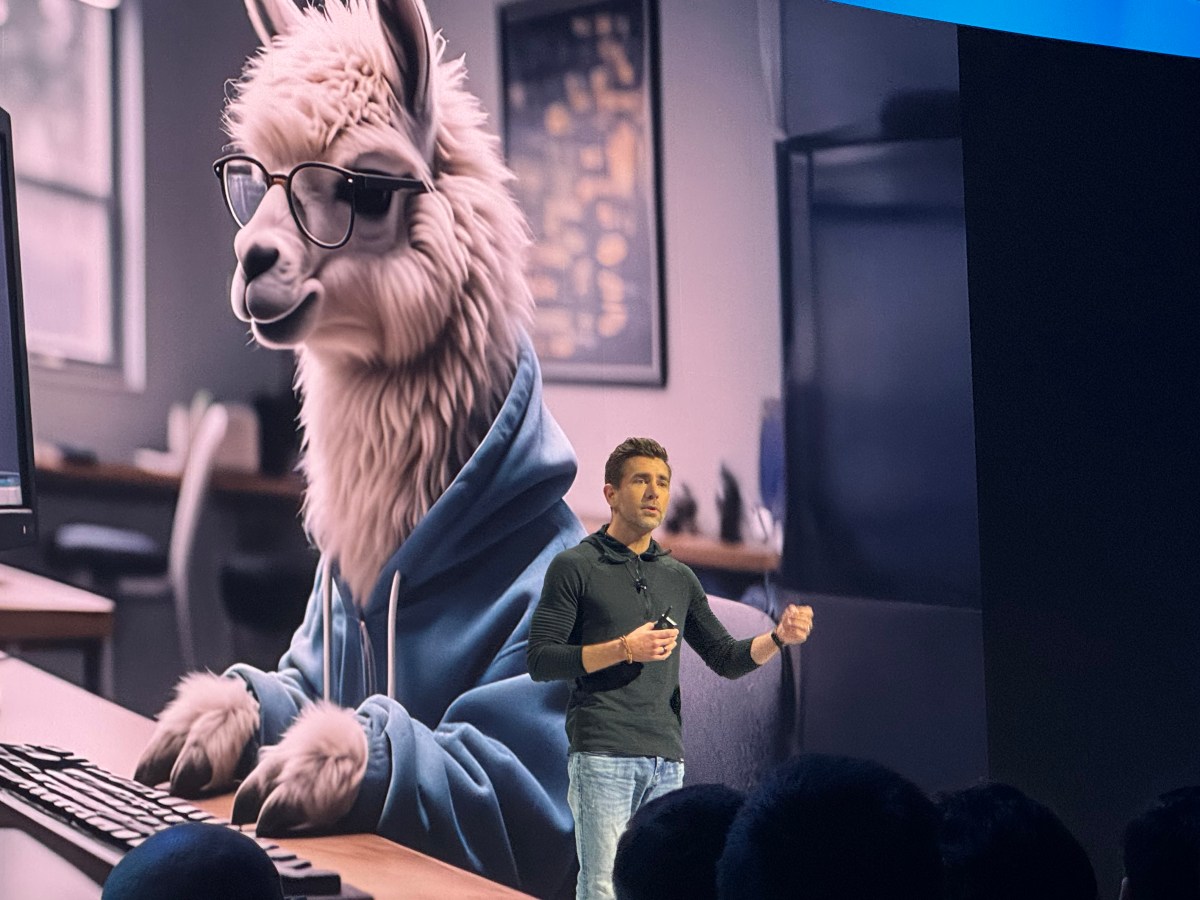LlamaCon: Meta Takes Aim at OpenAI's Dominance in the Generative AI Arena
Meta's recent LlamaCon event wasn't just another tech conference; it was a clear declaration of intent to challenge OpenAI's stronghold in the burgeoning generative AI market. By opening up its large language model (LLM), Llama 2, to the public and fostering a collaborative community around its development, Meta is strategically positioning itself as a key player in the rapidly evolving landscape of AI.
This move is significant for several reasons. Firstly, it directly addresses the accessibility concerns surrounding powerful LLMs. OpenAI, while groundbreaking, has faced criticism for its closed-source approach and limitations on access to its advanced models. Meta, by contrast, is embracing an open-source philosophy, empowering developers and researchers worldwide to build upon and improve Llama 2. This fosters innovation and potentially accelerates the advancement of AI technology as a whole.
Meta's Strategic Play: Open-Source vs. Closed-Source
The decision to go open-source is a calculated risk with potentially enormous rewards. While OpenAI's GPT models have gained widespread adoption, the exclusivity inherent in their approach limits broader participation and contribution. Meta's strategy aims to:
- Foster wider adoption: By making Llama 2 freely available, Meta hopes to see it integrated into countless applications, significantly increasing its reach and influence.
- Build a community: LlamaCon served as a launchpad for a collaborative ecosystem around Llama 2. Developers, researchers, and businesses can contribute to its improvement, fostering a sense of ownership and driving innovation.
- Accelerate development: Open-source development inherently speeds up the innovation cycle. With multiple minds working on the model, improvements and bug fixes are likely to emerge much faster than in a closed environment.
- Establish itself as a leader in responsible AI: By promoting transparency and collaborative development, Meta positions itself as a responsible steward of AI technology, contrasting with concerns around the potential misuse of powerful LLMs.
Llama 2: Key Features and Capabilities
Llama 2 is not just a minor upgrade; it represents a substantial leap forward in LLM technology. Early benchmarks suggest improved performance across various tasks, including:
- Reasoning and problem-solving: The model demonstrates enhanced capabilities in complex reasoning tasks.
- Code generation: Llama 2 showcases improved proficiency in generating and understanding code in multiple programming languages.
- Natural language understanding: Its comprehension of nuanced language and contextual cues has been significantly enhanced.
The Implications for OpenAI and the Future of AI
Meta's bold move sets the stage for an intensified competition in the generative AI space. OpenAI, while still a dominant force, will undoubtedly need to respond to this new challenge. The open-source approach adopted by Meta could potentially accelerate the development of AI beyond what a single company could achieve alone. The long-term impact remains to be seen, but one thing is certain: the generative AI landscape is becoming increasingly dynamic and competitive.
Conclusion: A New Era of Collaborative AI Development?
LlamaCon marks a significant turning point in the development and accessibility of LLMs. Meta's commitment to an open-source approach challenges the established order and could usher in a new era of collaborative AI development. Whether this strategy will ultimately surpass OpenAI's closed-source model remains to be seen, but the ripple effects of this move are already being felt across the industry. The future of generative AI is now more open, more competitive, and potentially, more transformative than ever before. Stay tuned for further developments.

